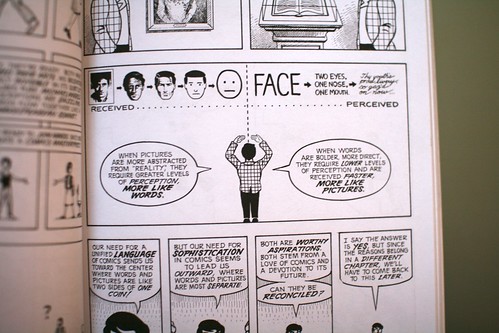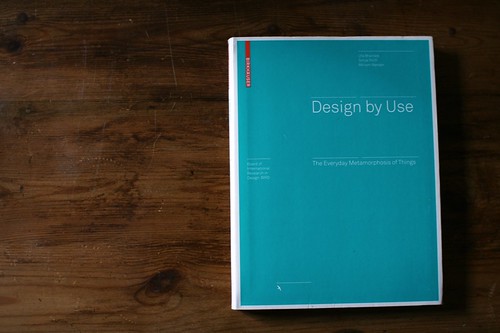

Design by Use: The Everyday Metamorphosis of Things by Uta Brandes, Sonja Stich and Miriam Wender is a wonderful book I've read recently about object appropriation or reinvention and the role of design into this.
The book basically gives a design perspective to how people redefine objects, which is very complementary to what Michel de Certeau described in The Practice of Everyday Life (see some excerpts in this earlier post). The authors defines various notion such as:
- "intentional redesign", when "objects are used differently from their intended purpose"
- "non-intentional design" (NID), by exploring "similar forms are used for the same purpose even if they were not created to fulfill the same function (...) If, in the spirit of NID, things are used for purposes other than they were intended for, this is not due to a misinterpretation of their original function, but is instead rooted in our ability to see beyond this and discover abstract or open forms."
As described in this review in Metropolis:
"Just as Roland Barthes posited that readers (rather than authors) create meaning in a text, here it’s the user’s intentions that matter. Brandes throws down a gauntlet, writing, “Each object must be investigated from two opposing perspectives: from the perspective of design and from the perspective of use.” In other words, people aren’t thinking about the concepts that lead to products; they’re simply looking for things that fulfill specific needs. Once designers begin to take that indepen dent agenda into account, she argues, “then we can expect a qualitative and open design approach as a result.”
Brandes also pleads for simple things, since they are the easiest to transform into ad hoc solutions. The more complex a design, the more needs it’s supposed to fit, but the harder it is to rejigger to meet your own. Knives may be made for eating, but Brandes reminds us that they serve as quite good letter openers. And in that vein, how many times have you used a chair as a bookcase, a lamp stand, or a bedside table? (The chair in my bedroom is not at all as Ebert Wels intended it when he designed it in 1928; instead, it’s bedecked in sweaters and ski pants.)"
Some inspiring quotes:
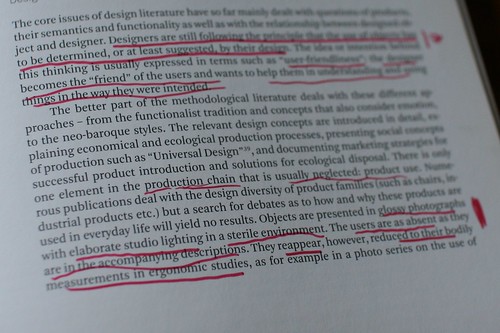

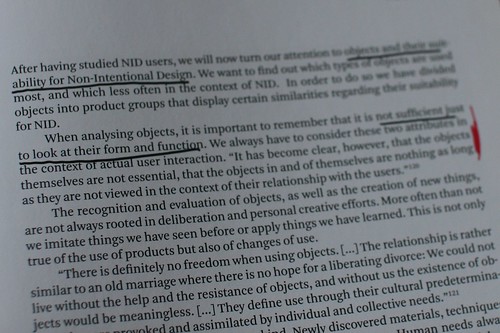
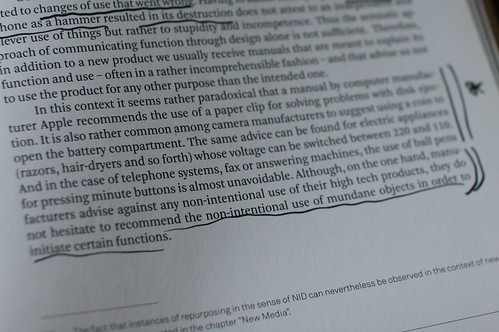
Why is this interesting? well, this quote from the Metropolis article speaks for itself:
This “design misuse,” “post-use,” “post-design,” “nonintentional design,” or whatever you decide to call it, can create evocative, meaningful objects—more meaningful, in fact, because of the user’s par tici pation in the process. The British sculptor Richard Wentworth once said, “I find cigarette packets folded up under table legs more monumental than a Henry Moore. Five reasons. Firstly, the scale. Secondly, the fingertip manipulation. Thirdly, modesty of both gesture and material. Fourth, its absurdity and fifth, the fact that it works.”





 Kokonatchi / ココナッチ (University of Tokyo and Waseda):
Kokonatchi / ココナッチ (University of Tokyo and Waseda):


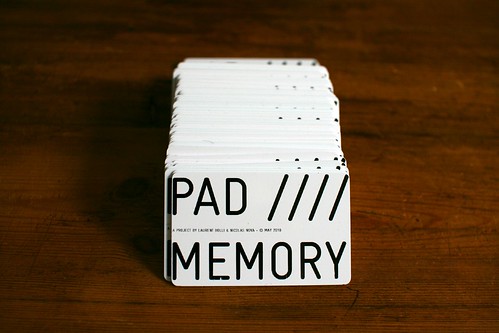
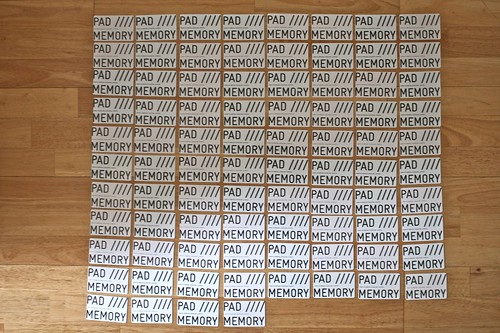








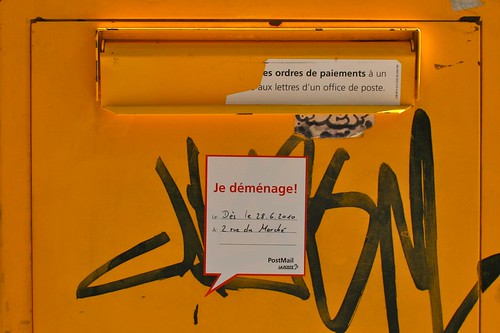 An interesting new form of signage recently appeared in our cities.
An interesting new form of signage recently appeared in our cities. 



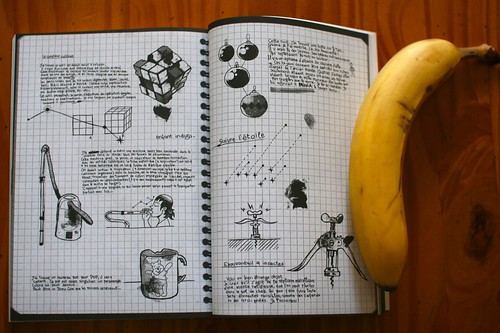





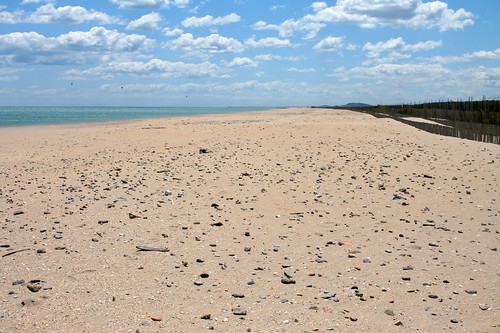 The week was short because I took few days off in the South of France to relax a bit, read some books, visit old cities and focus on reviewing projects from my students at the University of Art and Design in Geneva (HEAD-Geneva). They basically had to conduct a short field study about a topic of their own, observe people's practices and produce design implications for this. Some comments about their work:
The week was short because I took few days off in the South of France to relax a bit, read some books, visit old cities and focus on reviewing projects from my students at the University of Art and Design in Geneva (HEAD-Geneva). They basically had to conduct a short field study about a topic of their own, observe people's practices and produce design implications for this. Some comments about their work: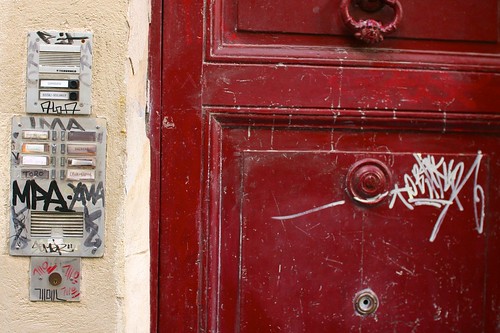
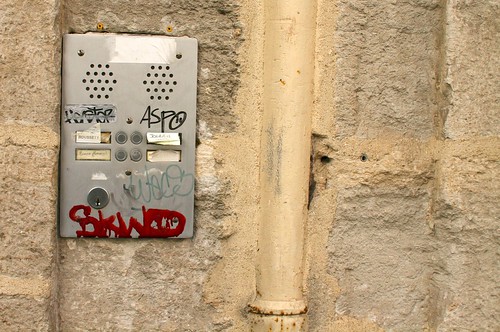







 Finally had some time to watch
Finally had some time to watch 

